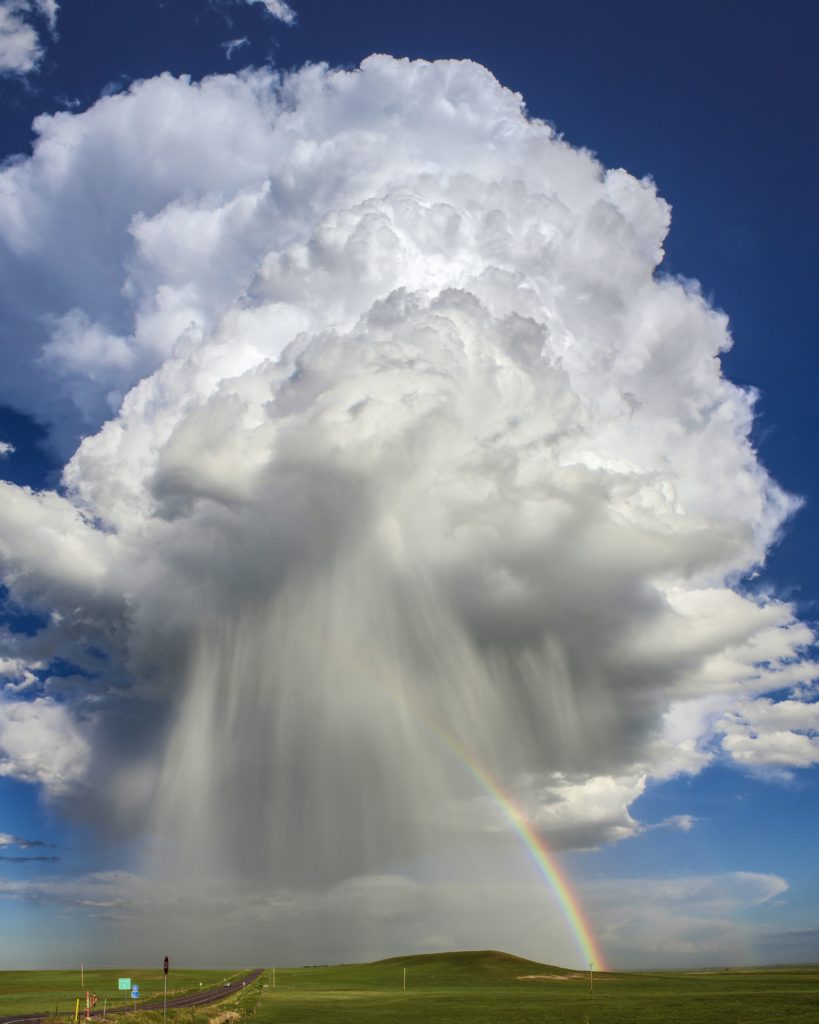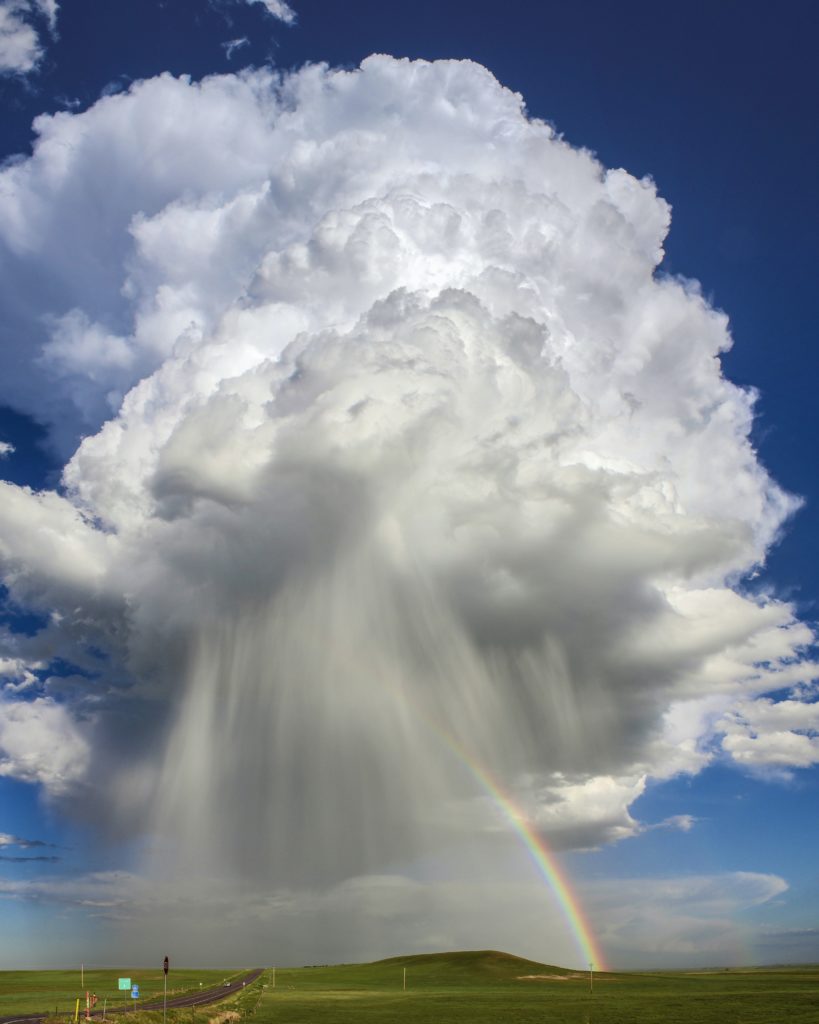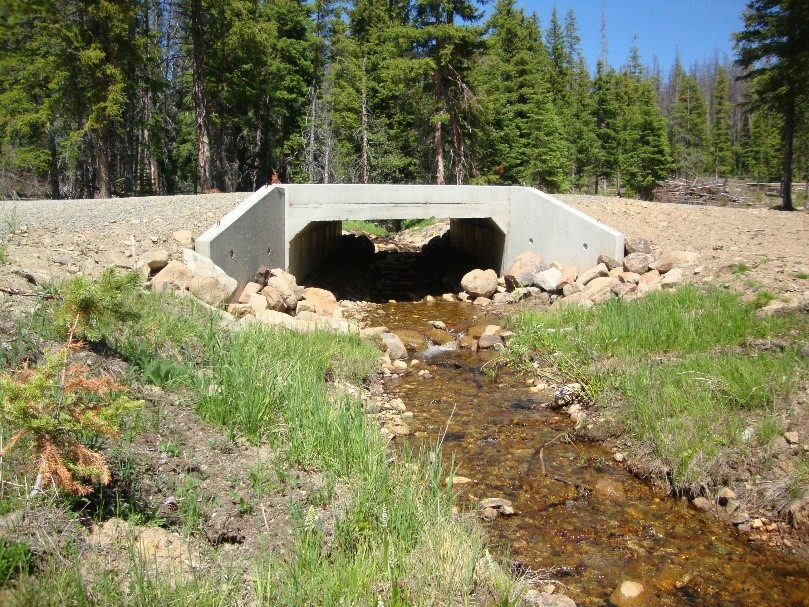In Climate Refugees: The Human Face of Climate Change Migration,” you will discover the profound impact of climate change on human migration. This captivating article unveils the stories and struggles of individuals around the world who have been forced to leave their homes due to the devastating effects of climate change. Through powerful narratives and thought-provoking insights, you will gain a deeper understanding of the challenges faced by climate refugees and the urgent need for global action. Prepare to be moved and enlightened as you explore the human face of climate change migration.

Introduction to Climate Change Migration
Climate Change Migration refers to the movement of individuals or communities from their homes or countries due to the impacts of climate change. As the earth’s climate continues to change, there is an increasing number of people who are forced to leave their homes in search of a safer and more sustainable environment. This phenomenon is becoming a significant global issue, and it is crucial to understand its implications and address the challenges faced by those affected.
Understanding Climate Change Migration
Climate change is causing unprecedented shifts in weather patterns, resulting in extreme events such as hurricanes, floods, heatwaves, and droughts. These events not only disrupt the environment but also have severe impacts on human settlements and livelihoods. This leads to the displacement of communities, forcing them to migrate in search of better living conditions. Climate change migration is not limited to individuals or communities within a specific region; it is a global phenomenon affecting both developing and developed nations.
Impact of Climate Change on Human Migration
The impact of climate change on human migration is broad and far-reaching. Rising sea levels and coastal erosion, extreme weather events, droughts and desertification, melting glaciers, reduced water availability, food insecurity, and agriculture disruption are all contributing factors to climate change migration. These environmental changes directly affect the availability of resources necessary for human survival, leaving communities with no choice but to move in search of stability and security.
Defining Climate Refugees
Who are Climate Refugees?
Climate refugees are individuals or communities who are forced to leave their homes or countries due to the adverse impacts of climate change. Unlike traditional refugees who flee due to political persecution or armed conflict, climate refugees are displaced primarily as a result of environmental factors. This distinction is crucial when it comes to legal recognition and protection.
Legal Status and Recognition
The concept of climate refugees is relatively new in international law. As of now, there is no specific legal framework that provides comprehensive protection to climate refugees. While some existing legal instruments, such as the United Nations Refugee Convention, apply to individuals displaced by environmental factors, they often fall short in adequately addressing the unique challenges faced by climate refugees.
Challenges in Defining Climate Refugees
Defining climate refugees poses several challenges. Unlike traditional refugees, climate refugees are often displaced gradually rather than through a sudden event. This makes it difficult to determine the exact point at which someone becomes a climate refugee. Additionally, climate change is often intertwined with other social and economic factors, further complicating the identification and classification of climate refugees.

Causes of Climate Change Migration
Rising Sea Levels and Coastal Erosion
Rising sea levels and coastal erosion pose a significant threat to coastal communities worldwide. As sea levels rise, low-lying areas and islands become increasingly vulnerable to flooding and erosion. This leads to the loss of habitable land and the displacement of coastal populations.
Extreme Weather Events
The frequency and intensity of extreme weather events, such as hurricanes, floods, and heatwaves, are on the rise due to climate change. These events often result in significant damage to infrastructure, loss of livelihoods, and even the loss of lives. As communities struggle to recover from these disasters, many find themselves without a viable option but to migrate to safer areas.
Droughts and Desertification
Droughts and desertification are significant drivers of climate change migration, particularly in arid and semi-arid regions. As the availability of water diminishes and agricultural lands become unproductive, communities reliant on farming or herding are left with little choice but to move in search of better conditions.
Melting Glaciers and Reduced Water Availability
Glacier melt in mountainous regions directly impacts water availability for downstream communities. Many river systems depend on glacier meltwater as a source of freshwater for irrigation, drinking, and hydropower generation. However, as glaciers shrink due to rising temperatures, these communities face water scarcity, making it increasingly challenging to sustain their livelihoods and prompting migration.
Food Insecurity and Agriculture Disruption
Climate change has severe implications for global food systems, leading to food insecurity and agriculture disruption. Changes in rainfall patterns, increased occurrence of pests and diseases, and the loss of arable land all contribute to reduced crop yields and farm productivity. As agriculture becomes less viable in certain regions, communities may be forced to abandon their traditional farming practices and seek alternative means of survival elsewhere.
The Human Face of Climate Change Migration
Case Studies of Climate Refugees
Numerous case studies illustrate the hardships faced by climate refugees. For instance, in the Pacific Island nation of Kiribati, rising sea levels threaten to inundate the entire country, leading the government to purchase land elsewhere to relocate its population. Similarly, in Bangladesh, frequent flooding and cyclones displace millions of people, pushing them to seek refuge in overcrowded urban areas.
Impacts on Vulnerable Communities
Vulnerable communities, often those living in poverty or in geographically marginalized areas, are disproportionately affected by climate change migration. These communities lack the resources and capacity to adapt to changing environmental conditions, forcing them to migrate under extremely challenging circumstances. Indigenous peoples, rural farmers, and coastal populations are among the most vulnerable groups who bear the brunt of climate change.
Health and Well-being of Climate Refugees
Climate change migration has significant impacts on the health and well-being of individuals and communities. Displacement often results in inadequate access to healthcare, clean water, and sanitation, leading to increased vulnerability to diseases. Additionally, the loss of social networks and support systems can have detrimental effects on mental health and overall well-being.

Challenges Faced by Climate Refugees
Loss of Livelihood and Displacement
One of the most significant challenges faced by climate refugees is the loss of livelihood and displacement. As they are forced to leave their homes and communities, they often lose access to crucial resources and economic opportunities. This displacement can lead to a cycle of poverty and further marginalization.
Inadequate Legal Protection and Assistance
Climate refugees often face inadequate legal protection and assistance. As mentioned earlier, existing legal frameworks do not specifically address the unique challenges faced by climate refugees. This lack of legal recognition leaves them without essential rights, such as access to education, healthcare, and employment opportunities. Additionally, inadequate assistance from governments and international organizations further exacerbates their vulnerability.
Social and Cultural Dislocation
Climate change migration often results in the social and cultural dislocation of communities. Displaced individuals and families face challenges in integrating into new communities, particularly when there are cultural and linguistic differences. Additionally, the loss of traditional ways of life and cultural practices can have a significant impact on identity and social cohesion.
Psychological and Emotional Consequences
The psychological and emotional consequences of climate change migration should not be overlooked. Forced displacement and the loss of homes, communities, and social networks can result in feelings of grief, trauma, and depression. These mental health challenges are often compounded by the uncertainty and stress associated with adaptation to new environments.
Gender-specific Challenges
Climate change migration affects men and women differently, with women often experiencing gender-specific challenges. Women may face increased vulnerability to violence, exploitation, and human trafficking during migration. Additionally, they may bear the burden of caregiving responsibilities and struggle to access healthcare and reproductive services.
Response and Adaptation Strategies
International Policy Frameworks
Solving the challenges posed by climate change migration requires international cooperation and the development of comprehensive policy frameworks. International organizations, such as the United Nations, need to recognize climate refugees and work towards creating legal and protective measures specific to their needs. Collaborative efforts can ensure the allocation of resources and support, empowering communities to adapt and mitigate the impacts of climate change migration.
Mitigation and Adaptation Measures
Mitigation and adaptation measures are crucial in addressing climate change migration. Mitigation efforts aim to reduce greenhouse gas emissions, slowing down the pace of climate change and minimizing its impacts. Adaptation measures, on the other hand, focus on building resilient communities and infrastructure that can withstand the effects of climate change. Both approaches are essential in preventing and addressing climate change migration.
Supporting Communities and Building Resilience
Supporting communities affected by climate change migration is vital for their well-being and future. This includes providing access to basic necessities, such as clean water, healthcare, and education. Additionally, building resilience within communities can help them better cope with the challenges posed by climate change. This involves initiatives such as livelihood diversification, community-led projects, and capacity-building programs.
Climate Justice and the Role of Developed Nations
Responsibility of Developed Nations
Developed nations, with their historical contributions to greenhouse gas emissions, bear a significant responsibility in addressing climate change migration. They must acknowledge their role in causing this global crisis and take proactive measures to mitigate the impacts. This responsibility includes providing financial and technological assistance to developing nations, who are often the most affected by climate change migration.
Financial Assistance and Technology Transfer
Developed nations should provide financial assistance to support adaptation and mitigation efforts in developing countries. This support can include funding for the implementation of sustainable development projects, renewable energy initiatives, and climate change research. Additionally, technology transfer can play a crucial role in helping developing nations build resilience and adapt to changing environmental conditions.
Addressing Power Asymmetries
Addressing power asymmetries between developed and developing nations is essential for effective action on climate change migration. Climate justice emphasizes the need for equity and fairness in addressing climate change, ensuring that the most vulnerable communities receive the necessary support and resources. This involves engaging in multilateral negotiations and collaborative decision-making processes that prioritize the voices and concerns of those most affected.
Future Outlook and Recommendations
Anticipating Climate Change Migration
Understanding and anticipating climate change migration is key to developing effective strategies to address the issue. Research and data collection are essential in assessing the scale and impacts of climate change migration. This information can inform policy development, resource allocation, and humanitarian response efforts. Monitoring and early warning systems can also help in identifying regions that are most likely to experience significant climate change migration.
Investing in Climate Resilience
Investing in climate resilience is crucial to minimize the impacts of climate change migration. Developing and implementing sustainable infrastructure, promoting renewable energy sources, and ensuring water and food security are all important aspects of building resilience. Furthermore, empowering communities through education, capacity-building, and economic opportunities can help them adapt and thrive in the face of environmental challenges.
Enhancing Legal and Political Instruments
Enhancing legal and political instruments is necessary to protect and assist climate refugees. This includes advocating for the recognition of climate refugees in international law and developing comprehensive frameworks that address their specific needs. Providing legal pathways for climate refugees to migrate, such as humanitarian visas, can help ensure their safety and well-being.
Promoting Global Cooperation
Promoting global cooperation is essential in effectively addressing the issue of climate change migration. This involves fostering dialogue, sharing best practices, and collaborating on research and initiatives. By working together, nations can pool resources, knowledge, and expertise to develop innovative solutions and support communities affected by climate change migration.
Conclusion
Climate change migration is a complex and urgent issue that requires immediate attention and action. The impacts of climate change on human migration are significant and affect vulnerable communities worldwide. Recognizing and protecting climate refugees, addressing the causes and consequences of climate change migration, and building resilience in communities are essential to ensure a sustainable and just future. By working together, governments, international organizations, and individuals can mitigate the impacts of climate change migration and create a more resilient world.



